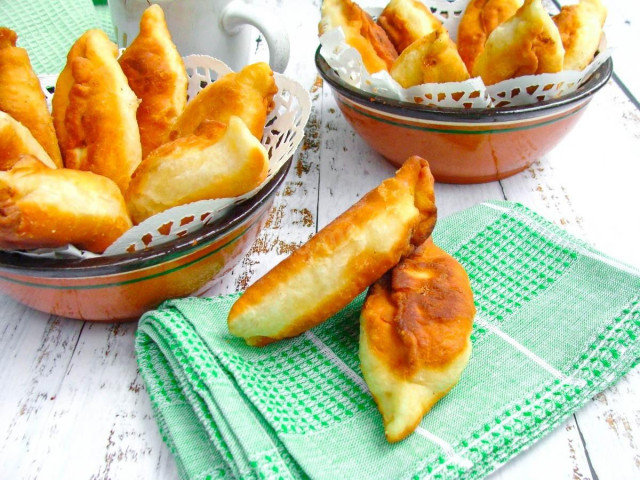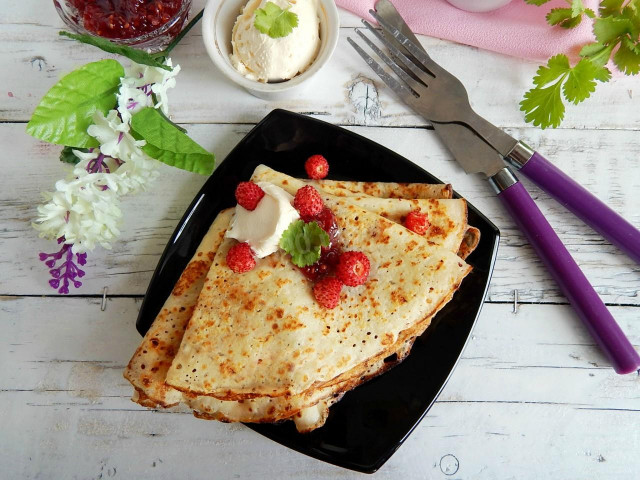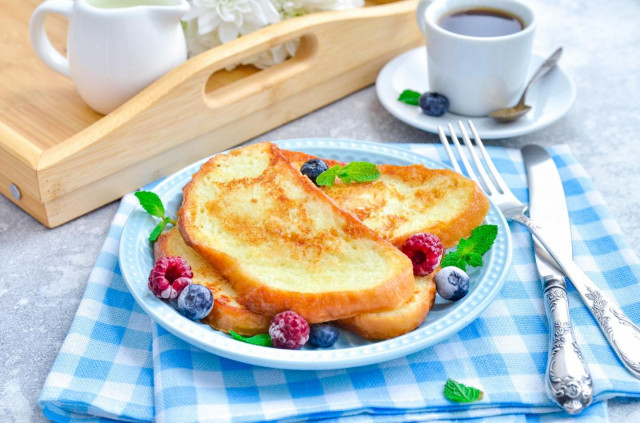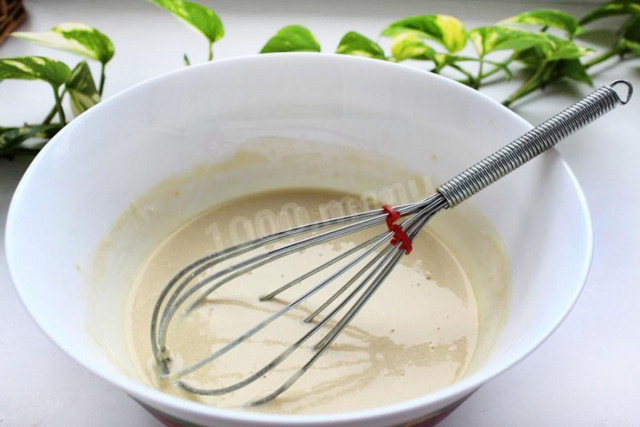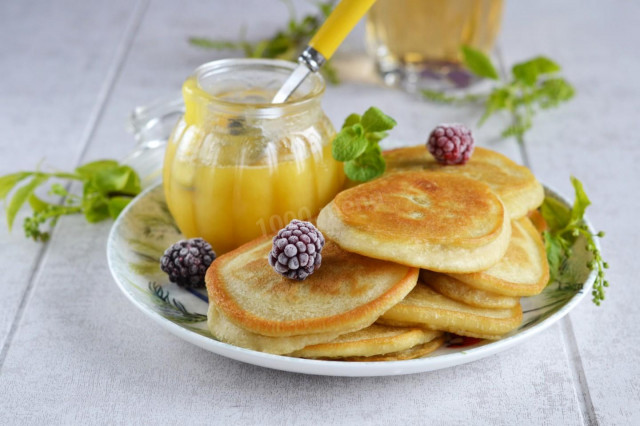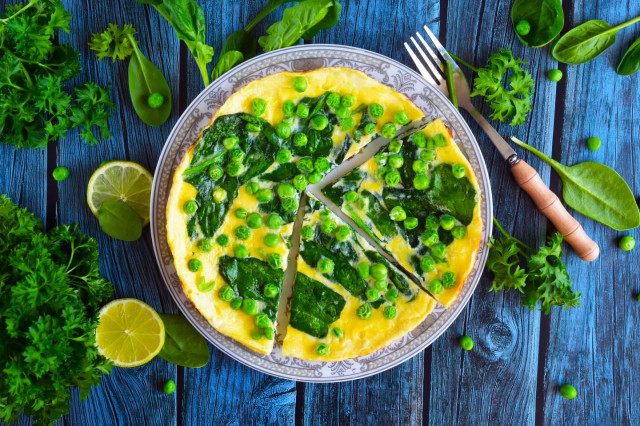Composition / ingredients
Step-by-step cooking
Step 1:
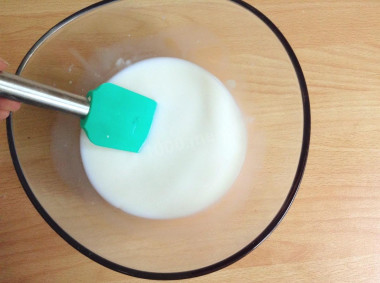
How to make pies with raw yeast? First of all, prepare the dough. How to make dough? Heat the milk to a temperature of about 40 degrees. It should feel pleasantly warm to the touch, but not hot — a hot environment will kill living organisms, which are yeast. Crumble the raw yeast into it, and then mix them thoroughly. Instead of milk, you can take warm water.
Step 2:
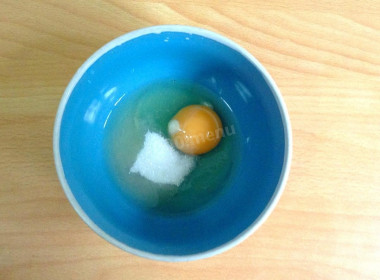
Mix the egg with sugar and salt. It is advisable to get the egg out of the refrigerator in advance so that it becomes warm. If you do not have time to do this, then lower it into warm water. Be sure to wash the eggs before use, as even the seemingly clean shell may contain harmful bacteria. It is best to use food detergents and a brush.
Step 3:
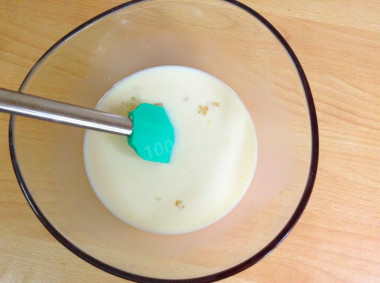
Add the egg mixture to the milk with yeast. Gently stir everything.
Step 4:
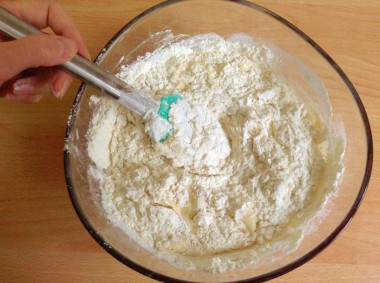
Then start adding a little flour. Pre-sift the flour. This is done in order to remove debris, as well as to saturate the flour with oxygen, which will make the baking more lush and airy.
Step 5:
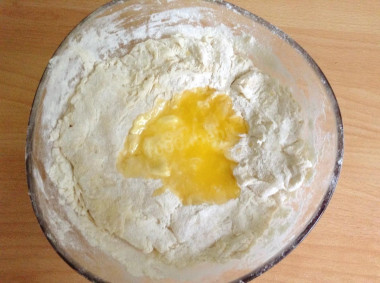
Melt the butter in any available way. Read about how to do this at the end of the recipe. Cool the butter to a warm state and pour into the dough. Knead the dough. It should become smooth, homogeneous and not sticky, but at the same time remain soft. Cover the bowl with the dough with a towel or film and leave it for 1- 1.5 hours in a warm place to rise.
Step 6:
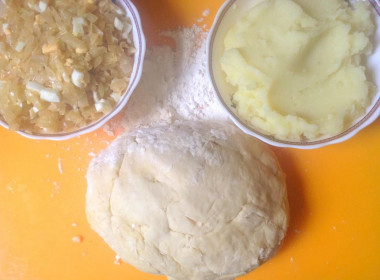
While the dough is rising, take care of the filling. How to make the filling? Boil the peeled potatoes in salted water for 20-25 minutes. When it is ready, drain the water and mash it with a mash. You can add finely chopped greens, fried onions to it. For the second filling, finely chop the cabbage and put it out until cooked in a frying pan in vegetable oil. Boil the eggs. Cool them, chop them finely. Mix eggs with cabbage, add salt to taste.
Step 7:

After the dough grows 2 times, start modeling pies. Pinch off a piece of dough, roll a bun out of it and roll out the cake with a rolling pin. You can form a cake without a rolling pin. To do this, simply stretch the dough with your hands. Well, if you want the pies to be all the same size, then we divide the dough in half, then each half in half again. We do this until the dough pieces reach the desired size.
Step 8:
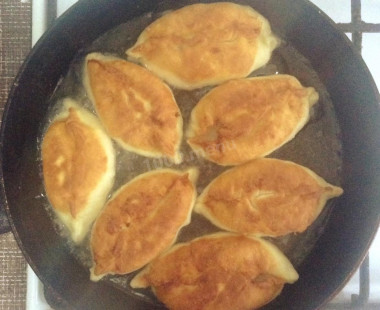
Put a spoonful of filling on each tortilla. Pinch the edges. Pour vegetable oil into the pan. Wait until it heats up and lay out the pies. Fry the pies for a few minutes on each side until golden brown. Then put them on a plate covered with a paper towel to remove excess fat. Cool slightly and serve to the table. Bon appetit!
These pies can be cooked with any filling. Fillings for pies and pies - here you can find recipes for various fillings.
Such pies can not only be fried, but also baked in the oven.
Be prepared for the fact that you may need more or less flour than indicated in the recipe. Focus not on the amount of flour, but on the desired consistency of the dough. To avoid mistakes, read about flour and its properties!
Butter can be melted in the microwave or in a water bath.
How to melt butter in the microwave?
Cut the butter into small pieces and place it in a special container. To prevent the oil from splashing when heated, cover the oil vessel with a paper towel. The oil should be melted either at the lowest power or in defrosting mode. At first, five seconds will be enough. Next, if the butter has not melted yet, set it again for 5 seconds and start the microwave. Repeat the process several times until the desired result.
How to melt butter in a water bath?
You will need two containers of different diameters. Pour water into a large one and put it on the stove. Place the smaller container on top so that it is submerged in water by about half. Put the sliced butter into it. Under the influence of boiling water, the oil will begin to melt. Stir the oil slightly to speed up the process. As soon as the pieces of oil are completely dissolved, remove the container from the stove.
Any oils are useful only until a certain temperature is reached - the point of smoking, at which the oil begins to burn and toxic substances, including carcinogens, are formed in it. How to determine the roasting temperature and choose the best oil for frying, and which is better not to use at all, read here .
Caloric content of the products possible in the composition of the dish
- Ripe potatoes - 80 kcal/100g
- Baked potatoes - 70 kcal/100g
- Mashed potatoes - 380 kcal/100g
- Boiled potatoes - 82 kcal/100g
- Potatoes in uniform - 74 kcal/100g
- Fried potatoes - 192 kcal/100g
- Green cabbage - 46 kcal/100g
- Fresh frozen green cabbage in a package - 45 kcal/100g
- Whole cow's milk - 68 kcal/100g
- Milk 3.5% fat content - 64 kcal/100g
- Milk 3.2% fat content - 60 kcal/100g
- Milk 1.5% fat content - 47 kcal/100g
- Concentrated milk 7.5% fat content - 140 kcal/100g
- Milk 2.5% fat content - 54 kcal/100g
- Chicken egg - 157 kcal/100g
- Egg white - 45 kcal/100g
- Egg powder - 542 kcal/100g
- Egg yolk - 352 kcal/100g
- Ostrich egg - 118 kcal/100g
- Granulated sugar - 398 kcal/100g
- Sugar - 398 kcal/100g
- Butter 82% - 734 kcal/100g
- Amateur unsalted butter - 709 kcal/100g
- Unsalted peasant butter - 661 kcal/100g
- Peasant salted butter - 652 kcal/100g
- Melted butter - 869 kcal/100g
- Vegetable oil - 873 kcal/100g
- Salt - 0 kcal/100g
- Wheat flour - 325 kcal/100g
- Fresh yeast - 109 kcal/100g

